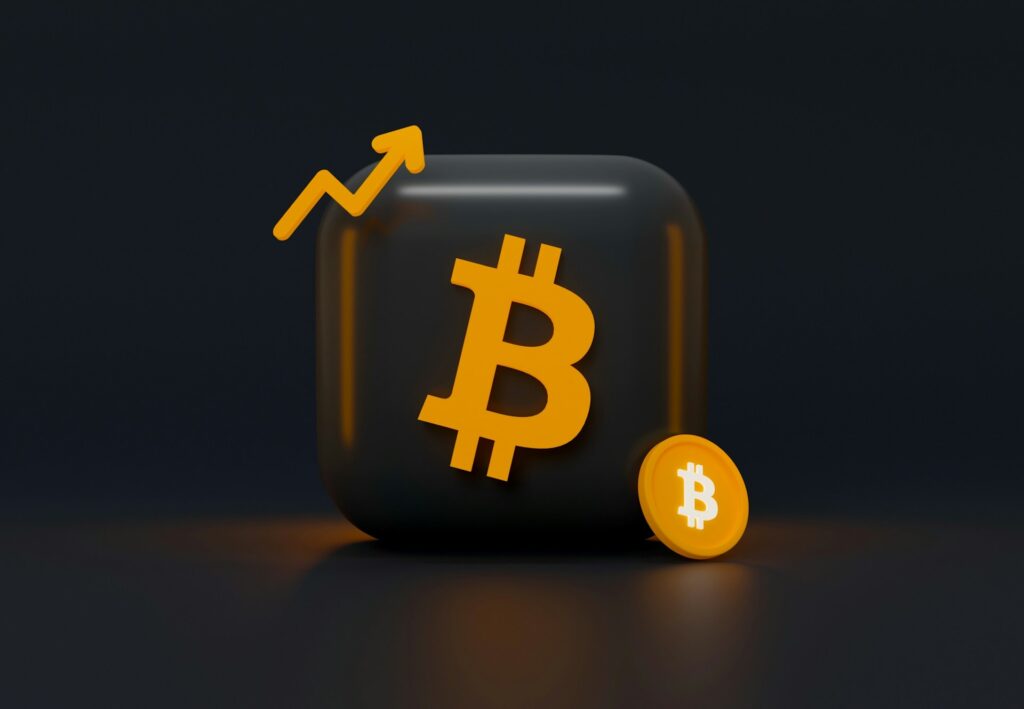The recent surge in Bitcoin’s price has captured the attention of investors, analysts, and the general public alike. Bitcoin, the first and most well-known cryptocurrency, has experienced significant fluctuations since its inception in 2009. However, the latest price movements have been particularly striking, with Bitcoin reaching new all-time highs and drawing comparisons to previous bull runs.
Understanding the dynamics behind this surge requires a deep dive into the underlying mechanisms of the cryptocurrency market, as well as the broader economic context in which these movements are occurring. At its core, the price of Bitcoin is influenced by supply and demand dynamics, much like any other asset. The total supply of Bitcoin is capped at 21 million coins, a feature that creates scarcity.
As demand increases—whether due to institutional adoption, retail interest, or macroeconomic factors—the price tends to rise. The recent surge has been characterized by a perfect storm of increased institutional investment, growing acceptance of cryptocurrencies as a legitimate asset class, and a broader shift in public perception regarding digital currencies. This confluence of factors has not only driven prices upward but has also sparked renewed interest in the entire cryptocurrency ecosystem. The current bitcoin price is constantly changing.
Factors Contributing to the Surge
Several key factors have contributed to the recent surge in Bitcoin’s price. One of the most significant drivers has been the influx of institutional investment. Major financial institutions and corporations have begun to allocate portions of their portfolios to Bitcoin, viewing it as a hedge against inflation and currency devaluation.
Companies like MicroStrategy and Tesla have made headlines for their substantial Bitcoin purchases, signaling a shift in how traditional finance views cryptocurrencies. This institutional interest has not only provided a substantial capital influx but has also lent credibility to Bitcoin as a legitimate asset class. Another critical factor is the macroeconomic environment characterized by low interest rates and expansive monetary policy.
Central banks around the world have implemented measures such as quantitative easing to stimulate their economies in response to crises, leading to concerns about inflation and currency depreciation. In this context, Bitcoin is increasingly seen as “digital gold,” a store of value that can protect wealth against inflationary pressures. As more investors seek alternatives to traditional fiat currencies, Bitcoin’s appeal has grown, further driving up demand and consequently its price.
Impact on the Cryptocurrency Market
The surge in Bitcoin’s price has had a ripple effect throughout the entire cryptocurrency market. As Bitcoin often serves as a bellwether for other cryptocurrencies, its price movements can significantly influence market sentiment and trading behavior across various altcoins. When Bitcoin experiences a substantial increase in value, it often leads to a corresponding rise in the prices of other cryptocurrencies, as investors look to capitalize on potential gains across the market.
Moreover, the surge has led to increased trading volumes and heightened activity on cryptocurrency exchanges. Retail investors, drawn by the prospect of quick profits, have flooded into the market, contributing to a sense of euphoria reminiscent of previous bull runs. This influx of new participants has not only increased liquidity but has also introduced a new level of volatility into the market.
As more individuals engage in trading, often driven by social media trends and speculative behavior, the potential for rapid price swings becomes more pronounced.
Potential Risks and Volatility
While the surge in Bitcoin’s price presents opportunities for profit, it also comes with inherent risks and volatility that investors must navigate carefully. The cryptocurrency market is notoriously unpredictable, with prices capable of experiencing dramatic fluctuations within short time frames. Factors such as regulatory news, technological developments, or macroeconomic shifts can trigger sudden sell-offs or price corrections, leaving investors vulnerable to significant losses.
Additionally, the psychological aspect of trading plays a crucial role in market volatility. As prices rise, fear of missing out (FOMO) can drive more investors into the market, creating a feedback loop that pushes prices even higher. However, this can also lead to sharp corrections when profit-taking occurs or when negative news surfaces.
The potential for such volatility necessitates that investors approach the market with caution and a well-defined risk management strategy.
Investor Sentiment and Market Speculation
Investor sentiment is a powerful force in the cryptocurrency market, often dictating price movements more than fundamental factors. The recent surge in Bitcoin’s price has been accompanied by an overwhelming sense of optimism among many investors. Social media platforms and online forums have become hotbeds for discussions about potential price targets and bullish predictions, further fueling speculative behavior.
Market speculation can create a self-reinforcing cycle where rising prices attract more attention and investment, leading to even higher prices. However, this speculative nature can also lead to irrational exuberance, where prices become detached from underlying fundamentals. As more retail investors enter the market driven by hype rather than sound investment principles, there is an increased risk of a market correction when sentiment shifts or when external factors disrupt the prevailing narrative.
Comparing the Current Surge to Previous Bitcoin Price Movements
To fully appreciate the current surge in Bitcoin’s price, it is essential to compare it with previous price movements throughout its history. The most notable bull runs occurred in late 2017 and early 2021 when Bitcoin reached unprecedented heights before experiencing significant corrections. In both instances, these surges were fueled by a combination of retail interest, media coverage, and speculative trading.
However, there are key differences between these past surges and the current one. For instance, the level of institutional involvement today is markedly higher than in previous cycles. In 2017, much of the buying pressure came from retail investors driven by FOMO and speculative trading.
In contrast, today’s market is characterized by substantial investments from hedge funds, publicly traded companies, and even sovereign wealth funds. This shift suggests that the current surge may have more staying power than previous cycles, although it does not eliminate the potential for volatility.
Regulatory and Legal Considerations
As Bitcoin continues to gain traction as an investment vehicle and store of value, regulatory scrutiny is intensifying across various jurisdictions. Governments worldwide are grappling with how to approach cryptocurrencies within their legal frameworks. Regulatory developments can significantly impact market sentiment and investor behavior; thus, they are crucial considerations for anyone involved in cryptocurrency trading or investment.
For instance, recent discussions around potential regulations concerning stablecoins and decentralized finance (DeFi) have raised concerns among investors about how these changes could affect the broader cryptocurrency ecosystem. Additionally, countries like China have taken steps to crack down on cryptocurrency mining and trading activities, leading to significant market reactions. Investors must remain vigilant about regulatory developments that could influence Bitcoin’s price trajectory and overall market stability.
Predictions for the Future of Bitcoin Price
Looking ahead, predictions for Bitcoin’s price remain varied among analysts and market participants. Some bullish proponents argue that Bitcoin could reach new all-time highs as institutional adoption continues to grow and macroeconomic conditions remain favorable for digital assets. They point to increasing mainstream acceptance of cryptocurrencies as payment methods and investment vehicles as indicators that Bitcoin’s value could appreciate significantly over time.
Conversely, some analysts caution that while short-term gains may be enticing, long-term sustainability will depend on various factors such as regulatory clarity, technological advancements within the blockchain space, and broader economic conditions. The potential for increased competition from other cryptocurrencies or even central bank digital currencies (CBDCs) could also pose challenges for Bitcoin’s dominance in the market. In conclusion, while the current surge in Bitcoin’s price presents exciting opportunities for investors, it is essential to approach this dynamic landscape with a comprehensive understanding of the underlying factors at play.
The interplay between institutional interest, macroeconomic conditions, regulatory developments, and investor sentiment will continue to shape Bitcoin’s future trajectory in an ever-evolving financial landscape.

